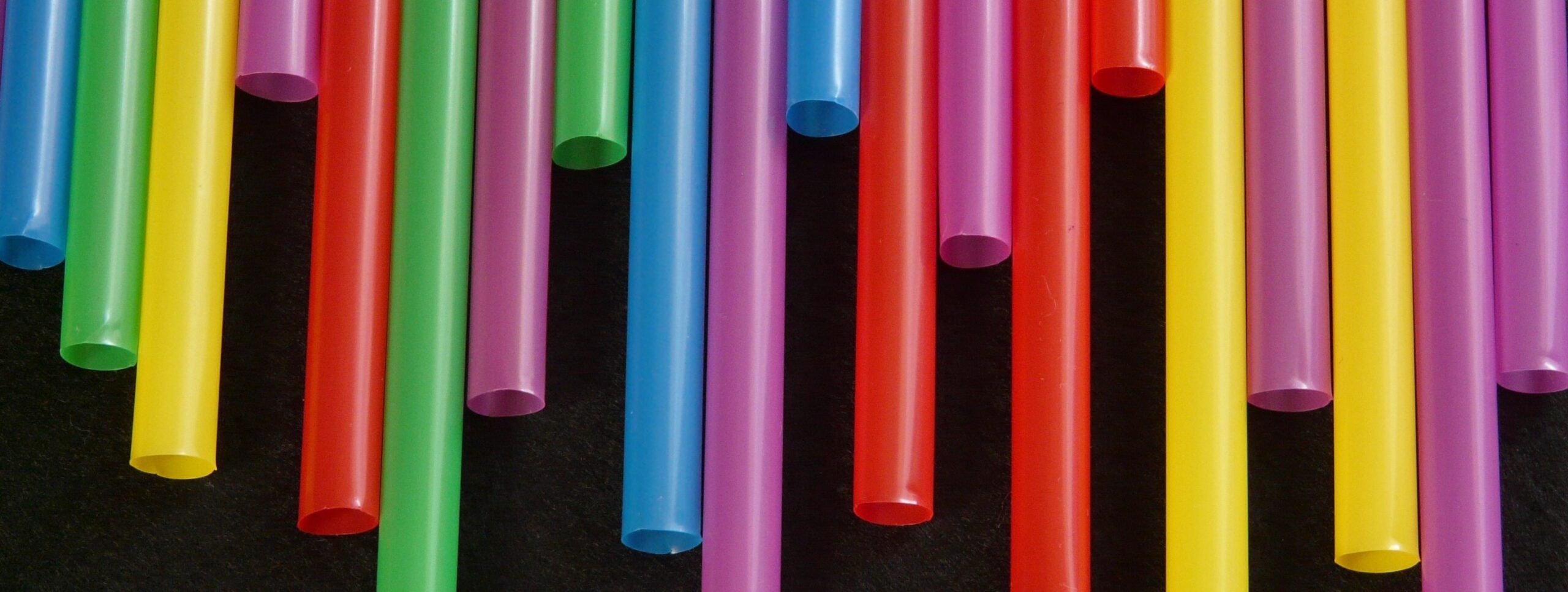
Plastics are a key component in things anywhere you go. In our shop, we use plastics for custom fabricating products that help our customers dampen sounds, insulate electrical components, protect surfaces and more.
However, the advent of manufactured plastics is relatively new. Here’s a brief look at how plastics have been used across time.
Pre-1800s
As far back as the 1600s BC, cultures like the Mesoamericans would use natural flexible materials, such as rubber, to create figurines, bands, and balls. These materials had similar physical characteristics to plastics and were used for similar creations.
Proteins from egg and blood were also used long ago to create plastic-like materials that could be used where metal, stone, and plant material could not be applied.
When the middle ages arrived, Europeans were using the plastic-like cow horns for translucent window material after being treated and dried.
Man-Made Plastics
The first man-made plastic—Parkesine—was created by Alexander Parkes in 1862 by dissolving cellulose nitrate in alcohol with camphor. This discovery led the way for the early plastic material to be used in simple objects like clothing buttons and combs.
Plastic was eventually developed for electrical wire insulation, film for photography and motion pictures, records, and telephones. With each decade came new classifications of plastics by using different chemicals.
Plastics in War and Beyond
As conflict often leads to innovation, World War 1 and World War 2 produced new types of plastic materials. Polyester, polythene, nylon and neoprene were used in military gear like parachutes, turrets, and planes.
In the post-war plastic manufacturing boom, plastics were used in everything from shopping bags to storage containers to appliances. As time went on, plastic found its way into nearly every product, including the first plastic banknotes in Australia in 1988.
Today, in this decade, global plastic sales reached almost $1 trillion per year, mostly coming from within the US, Japan and Germany. The plastic industry employs about 1.4 million workers in the U.S. alone.
How We Use Plastic
At AFP, we custom fabricate plastics for clients all across the nation. We can process plastics to be used in almost any market, including:
- Industrial equipment
- Consumer products
- Transportation
- Construction
Do you need custom manufactured plastics? We can help!
Contact AFP for Custom-Fabricated Materials
American Flexible Products is a nation-wide converter of flexible materials—from plastic to rubber to silicone and more. Each of our products is custom-cut and shaped to your design specs by our materials engineers.
Call (952) 368-4225 or fill out our form below. Our material experts will help guide you through our process and give you a free quote.




